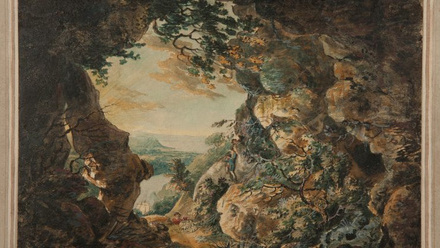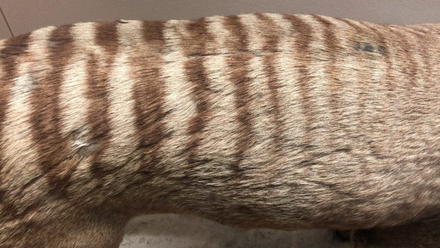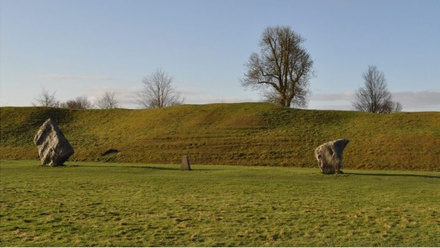Ralph Thoresby’s Museum: Indigenous Objects and Knowledge in Eighteenth-Century Yorkshire
Ralph Thoresby was one of the most important private collectors of curiosities and natural history in early eighteenth-century Britain, and noteworthy because his collecting took place outside of London. A Leeds merchant, antiquarian, member of the Royal Society, and correspondent of Sir Hans Sloane, Thoresby built a large and respected collection, which included many non-European objects. Thoresby’s father initially established the Musaeum Thoresbyanum by purchasing the coins and library of Lord Fairfax, and Thoresby greatly expanded this collection from the late seventeenth century to his death in 1725. He published a catalogue of his museum in 1715, influenced by and in conversation with the catalogues of other museums that he diligently collected and read, but most of the objects have not survived. This talk will look at the collecting career of Thoresby and his interaction with Indigenous objects and cultures to reflect on the broader dynamic of coercion and exchange between Indigenous North American nations and Britain.
Speaker Bio: Dr Robbie Richardson (Princeton University) is an expert in eighteenth-century British and transatlantic literature and material culture. His first book The Savage and Modern Self: North American Indians in Eighteenth-Century British Literature and Culture (University of Toronto Press, 2018) examines the representations of North American 'Indians' in novels, poetry, captivity narratives, plays, and material culture from eighteenth-century Britain. His current book project looks at the history of Indigenous objects from the Americas and the South Pacific in Europe up to 1800, and the ways in which these materials and the epistemologies they represented informed primarily British understandings of their own past and present. Richardson has published widely in Indigenous material histories, including work on British depictions of wampum and the origin of writing, on the tomahawk and scalping knife trade, and on eighteenth-century antiquarian collections of Indigenous objects. He is a member of Pabineau Mi’kmaw First Nation.



